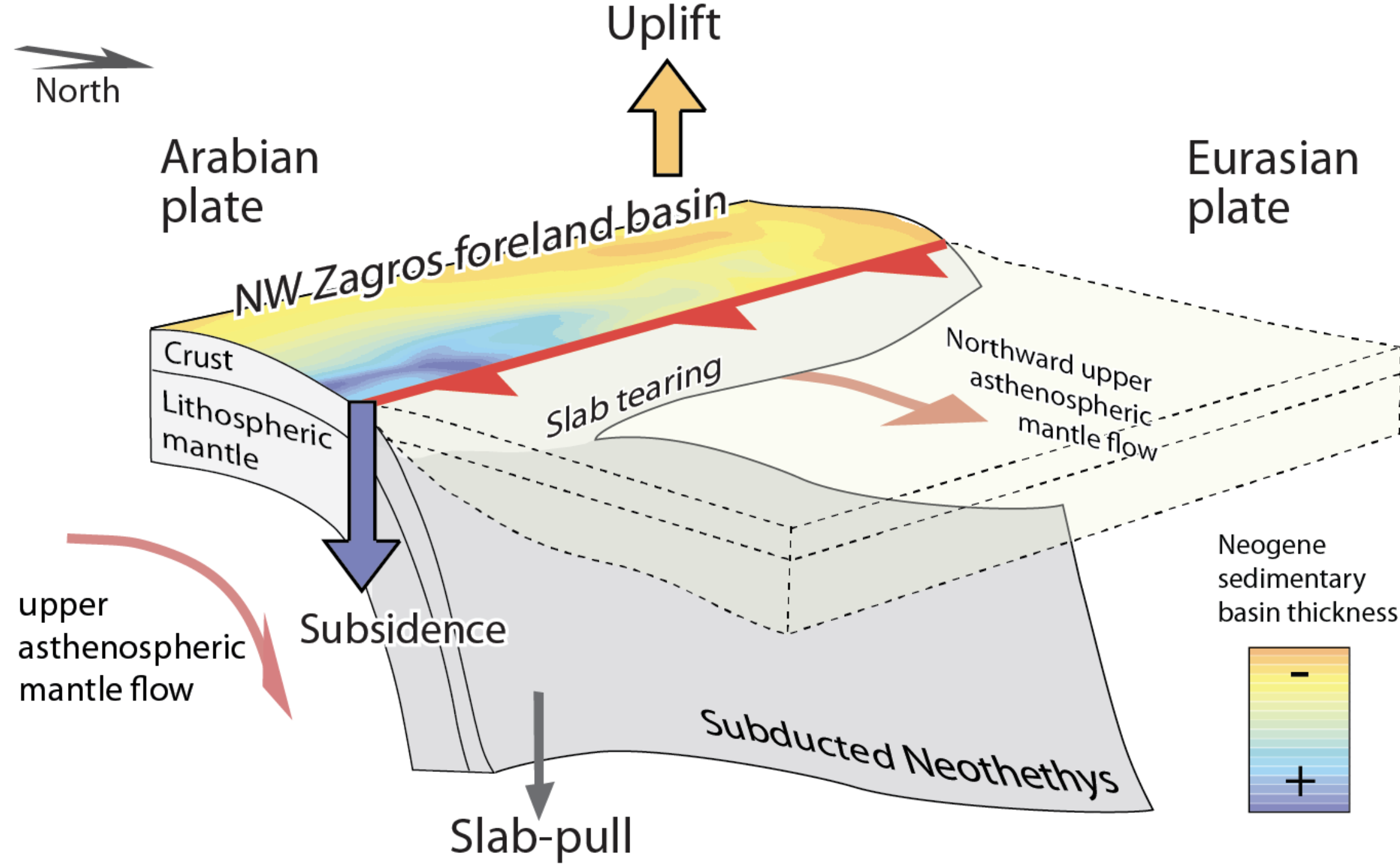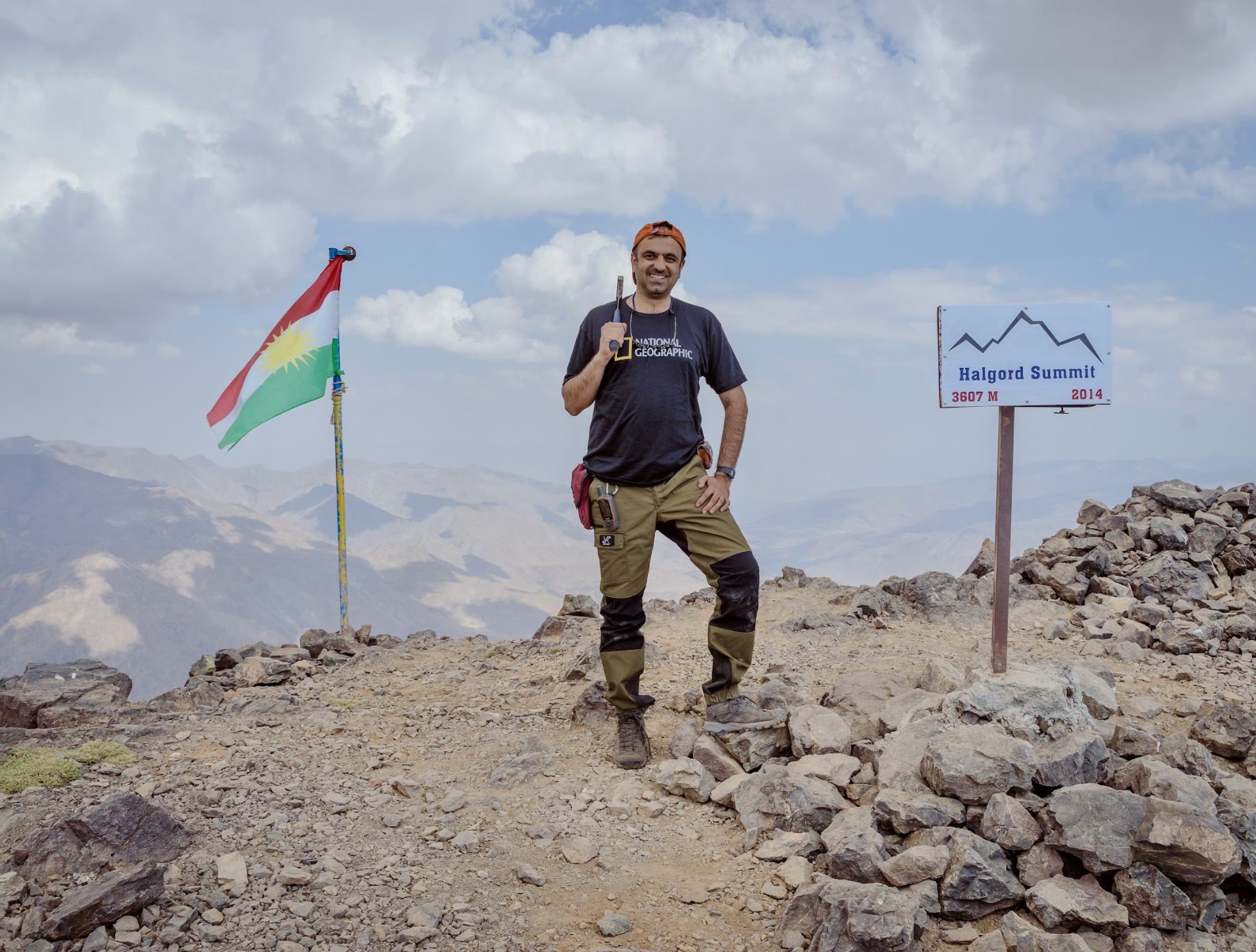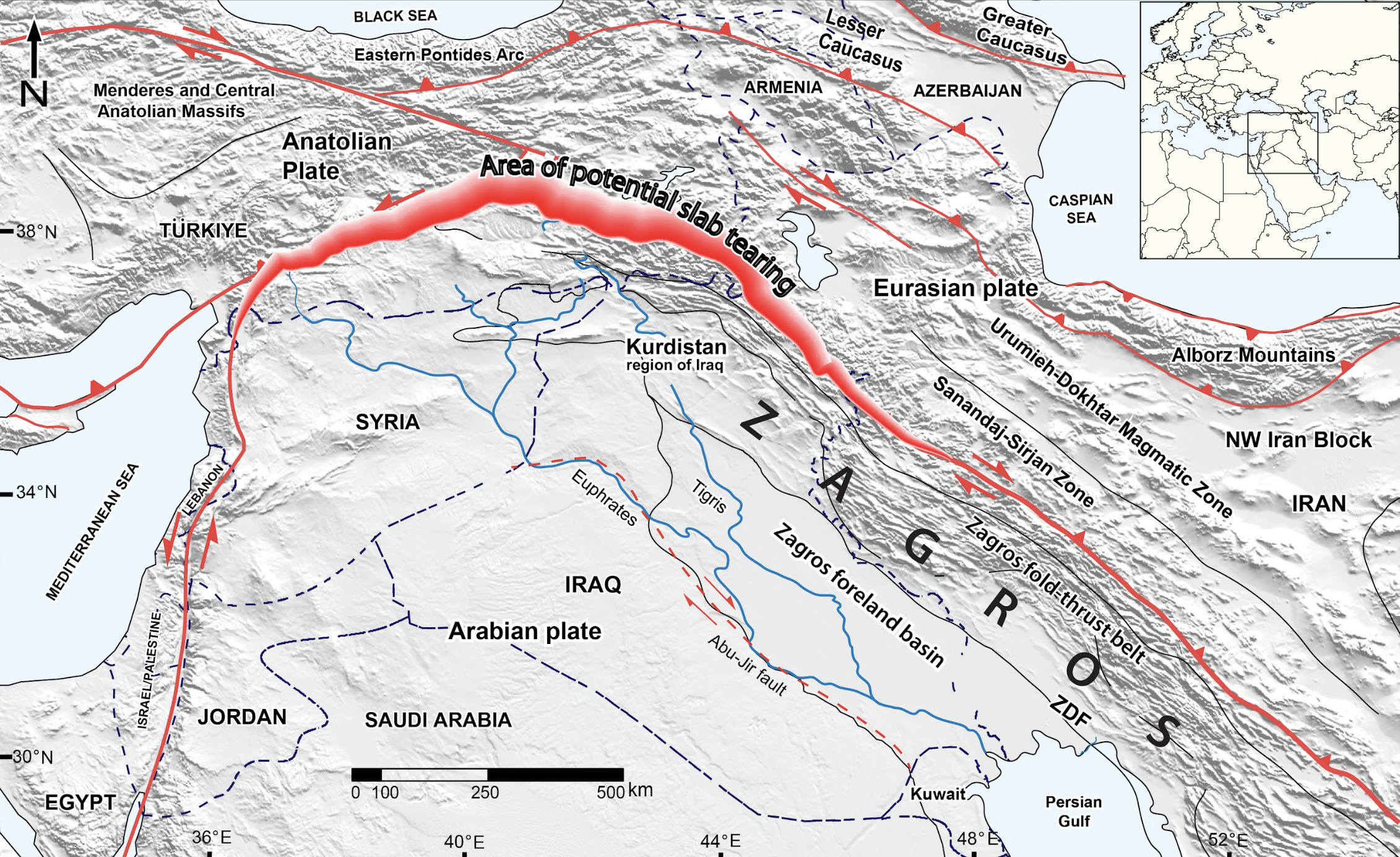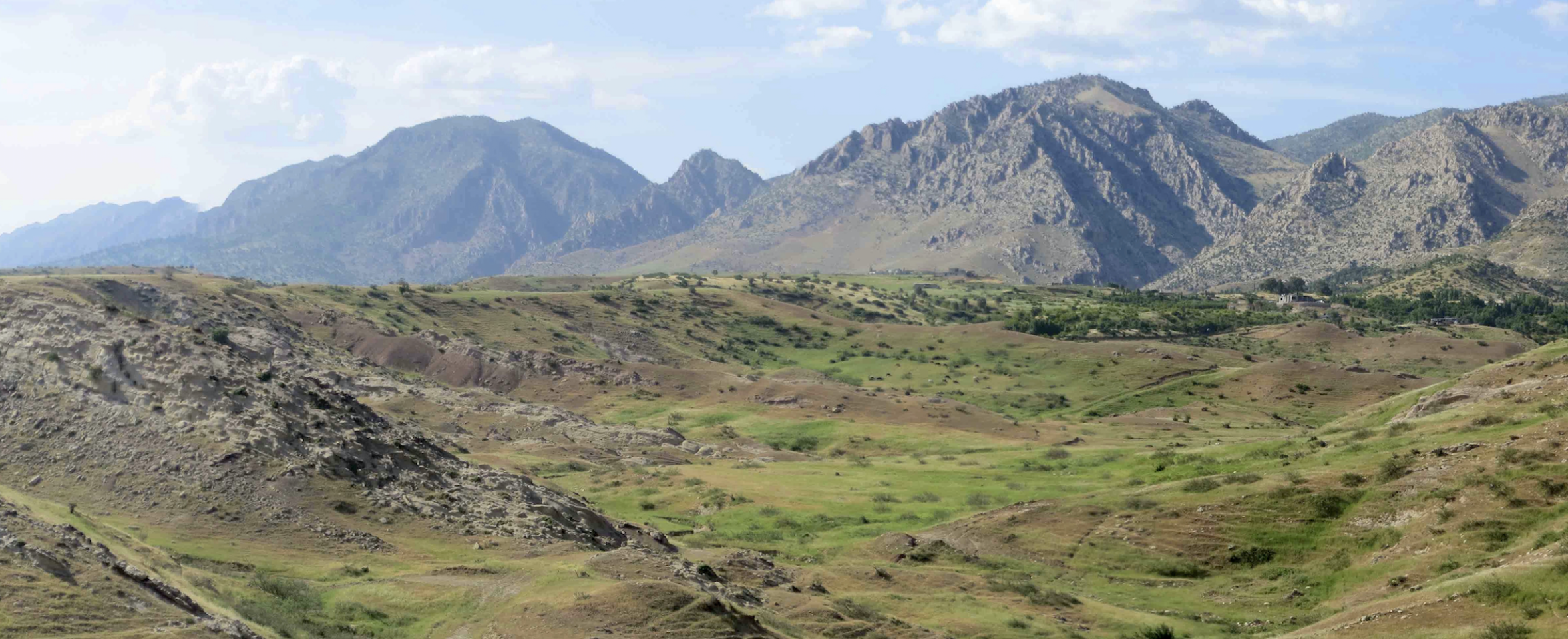Beneath the rugged peaks of the Zagros Mountains in the Kurdistan Region of Iraq, a dramatic geological process is unfolding – one that connects the Earth’s surface to its deep interior.
An international research team led by Renas Koshnaw has uncovered evidence that the Neotethys oceanic plate, which once lay between the Arabian and Eurasian continents, is breaking apart several hundreds of kilometers below the surface. This discovery sheds light on how mountain ranges form and could help locate valuable natural resources and understand earthquake risks in a broader context. The findings were recently published in the European Geosciences Union’s journal Solid Earth.

Subduction and sinking plates
When continents collide over millions of years, the oceanic plate between them is forced downward into the Earth’s mantle. This process, known as subduction, eventually leads to the formation of towering mountain ranges as the edges of the continents crumple and rise.
The Zagros Mountains, stretching across Kurdish areas in Iran, Iraq, and Turkey, are a product of the ongoing collision between the Arabian and Eurasian plates. Over time, the immense weight of these mountains causes the Earth’s surface to bend downward, creating depressions that fill with sediment eroded from the peaks. This is how regions like Mesopotamia, the fertile plain between the Tigris and Euphrates rivers, were formed.
The research team found that the weight of the Zagros Mountains alone cannot explain the unusually deep depression – at a depth of 3 to 4 kilometers – of Mesopotamia that has formed over the past 20 million years.

“Given the moderate topography in the northwestern Zagros, it was surprising to find such a thick accumulation of sediment in the southeast, suggesting that something else is pulling the region downward,” said Koshnaw, the lead author of the study and a researcher at the University of Gottingen, who is currently working at the Massachusetts Institute of Technology in the United States.
The team’s research revealed that the additional downward force comes from the sinking Neotethys oceanic plate, which is still attached to the Arabian plate. As this dense oceanic plate descends into the mantle, it pulls the overlying crust downward, creating space for more sediment to accumulate.
However, in the northwestern part of the study area, in Turkey, the depression becomes shallower, indicating that the oceanic plate has broken off in this region. This detachment relieves the downward pull, allowing the Earth’s surface to rebound upward. “When the oceanic plate detaches, the surface above it rises, while areas where the plate is still attached continue to sink,” explained Koshnaw.

A dynamic planet
The study of the Zagros Mountains provides a rare glimpse into the dynamic processes occurring hundreds of kilometers below the Earth’s surface. By combining geological evidence from the Zagros Mountains with deep-earth imaging techniques, the researchers were able to reconstruct the configuration of the Neotethys oceanic plate and gauge its influence on surface geology. This approach explains the unusual thickness of sediment in the region and highlights the deep connection between the Earth’s interior and exterior. “This research shows how dynamic our planet is. The processes happening deep below the surface have a direct impact on the landscape we see today,” said Koshnaw.
Understanding the relationship between the Earth’s interior and surface has practical applications. For example, the study’s findings can help scientists better assess earthquake risks in the Middle East. Earthquakes occur when rocks along faults – fractures in the Earth’s crust – shift suddenly. By mapping the large-scale geological configuration of the region deep inside Earth, researchers can identify areas where significant faults are likely to form.
The research also has implications for locating natural resources. The thick sediment deposits in the southeastern Zagros region could serve as reservoirs for geothermal energy, but taking more geological factors into consideration is necessary before reasonable conclusions can be reached.

A methodological breakthrough
The study’s approach, combining surface geology with deep-earth imaging, can be applied to other mountain ranges around the world. Similar processes of plate detachment have been suggested beneath the Alps and the Himalayas, but these hypotheses are primarily based on deep-earth images.
The Zagros Mountains, with their well-preserved rock record, provide a unique opportunity to study these processes in detail. “Our research can serve as a roadmap for detecting slab detachment in other regions,” said Koshnaw. “By understanding how the Earth’s rigid outer shell functions, we can unlock new insights into the planet’s evolution and its resources.”
The breaking of the Neotethys oceanic plate beneath the northwestern Zagros Mountains is a reminder of the dynamic forces shaping our planet. This research not only deepens our understanding of Earth’s geological processes, but also provides valuable tools for addressing practical challenges, from earthquake prediction to resource exploration.
As scientists continue to unravel the mysteries of the Earth’s interior, studies like this one will play a crucial role in shaping our understanding of the planet we call home.
Dr. Renas Ismael Koshnaw is a postdoctoral researcher at Georg-August-University Göttingen, Germany.